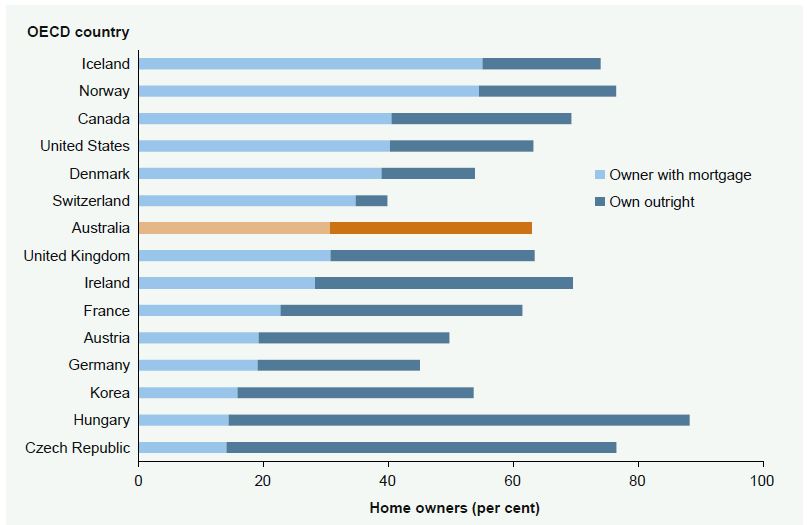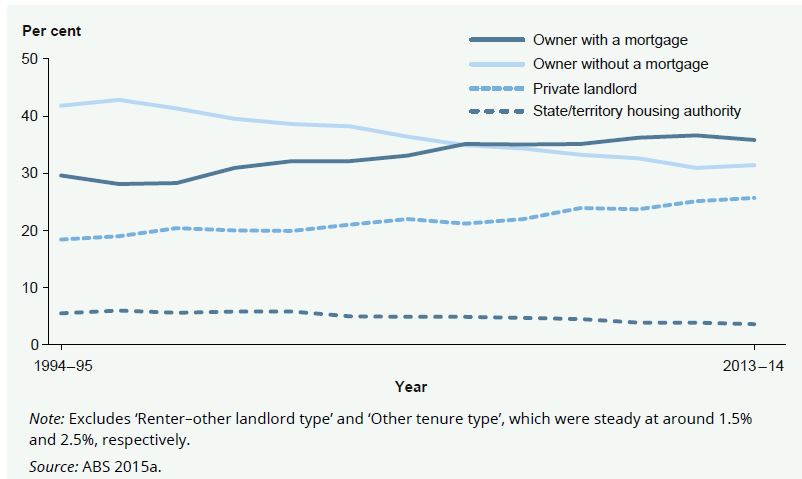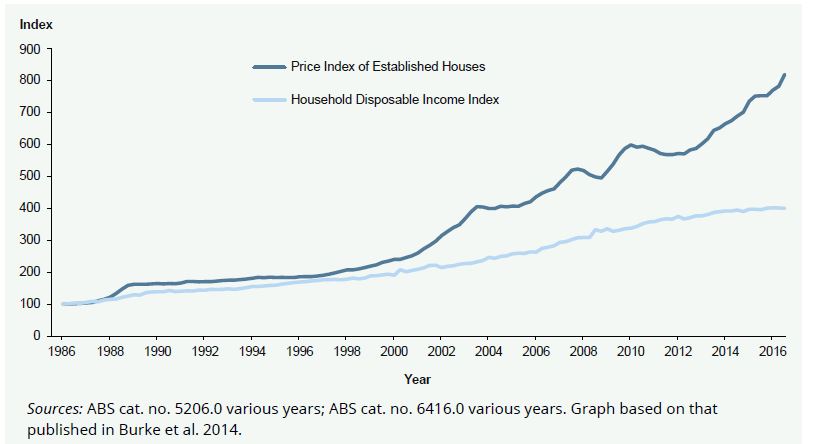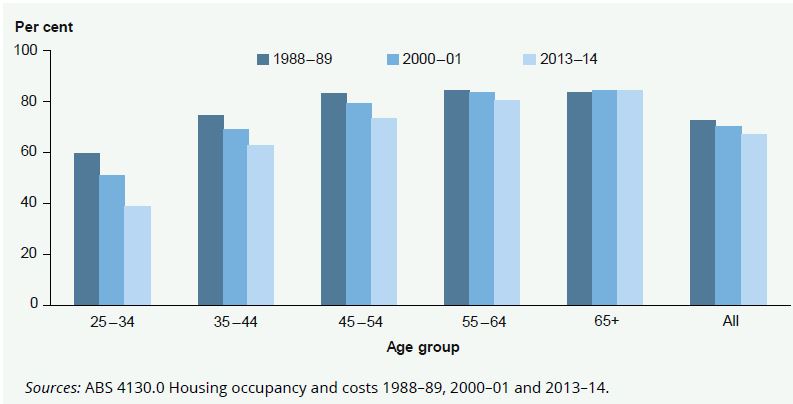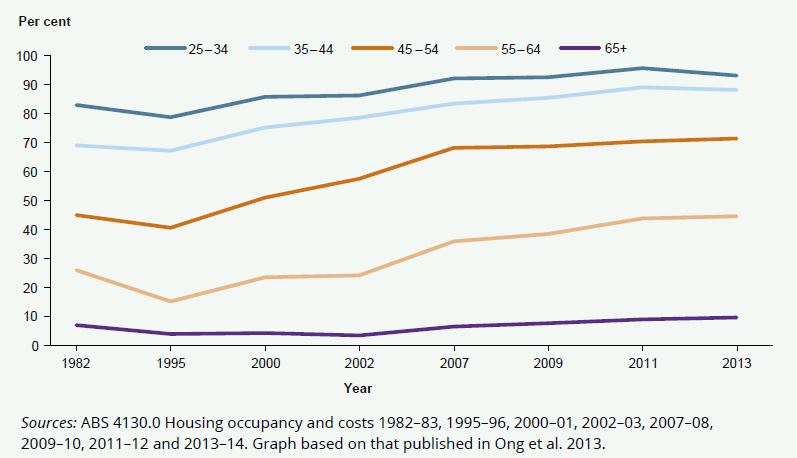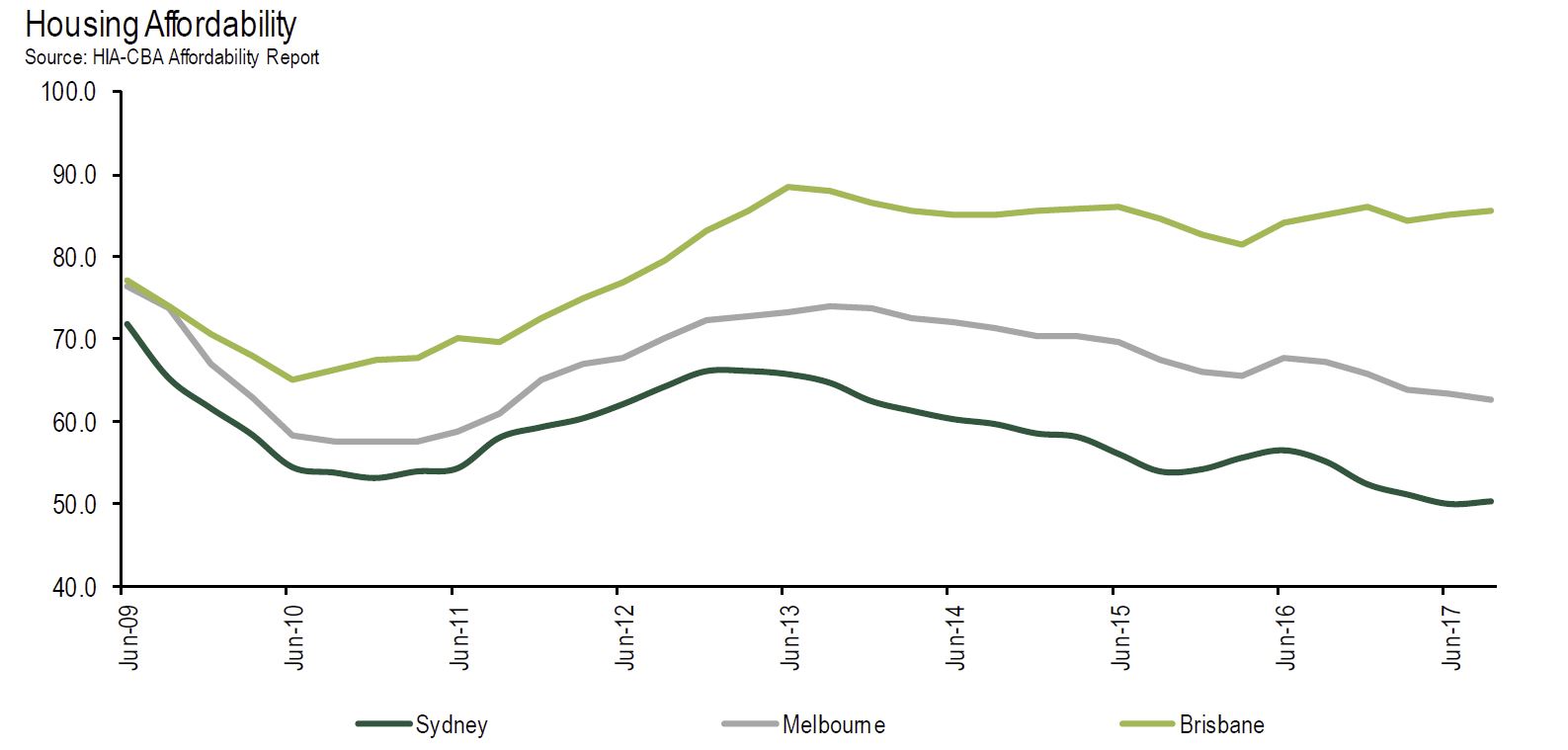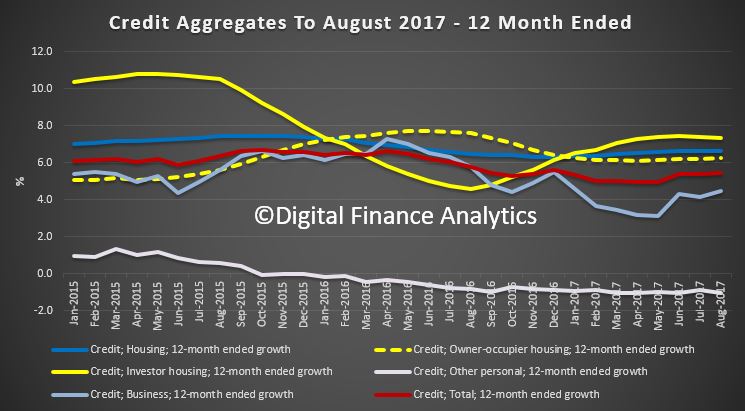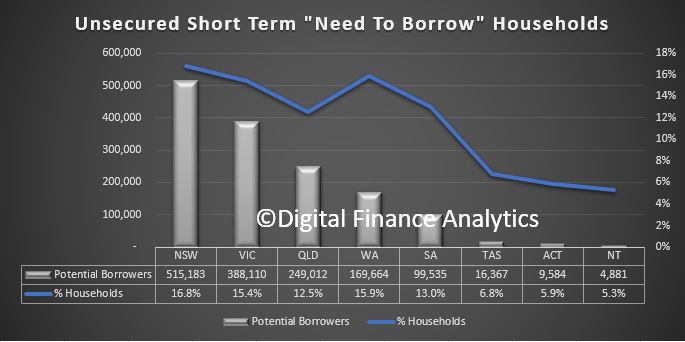The crisis of contemporary democracy has become a major subject of political science in recent years. Despite this, the symptoms of this crisis – the vote for Brexit and Trump, among others – were not foreseen. Nor were the underlying causes of this new constellation of politics.
Focusing on the internal development of national polities alone, as has typically been the trend in academia, does not help us unlock the deep drivers of change. It is only at the intersection of the national and international, of the nation-state and the global, that the real reasons can be found for the retreat to nationalism and authoritarianism.
In 2013, we argued that the concept of “gridlock” is the key to understanding why we are at a crossroads in global politics. Gridlock, we contended, threatens the hold and reach of the post-World War II settlement and, alongside it, the principles of the democratic project and global cooperation. Four years on, we have published a new book exploring how we might tackle this situation.
But before we look into this, what exactly is gridlock?
Gridlock
The post-war institutions, put in place to create a peaceful and prosperous world order, established conditions under which a plethora of other social and economic processes associated with globalisation could thrive. This allowed interdependence to deepen as new countries joined the global economy, companies expanded multinationally, and once distant people and places found themselves increasingly — and, on average, beneficially — intertwined.
But the virtuous circle between deepening interdependence and expanding global governance could not last: it set in motion trends that ultimately undermined its effectiveness.
In the first instance, reaching agreement in international negotiations is made more complicated by the rise of new powers like India, China and Brazil, because a more diverse array of interests have to be hammered into agreement for any global deal to be made. On the one hand, multipolarity is a positive sign of development; on the other, it brings both more voices and interests to the table. These are hard to weave into coherent outcomes.
The General Debate of the 71st Session of the General Assembly of the United Nations. Golden Brown / Shutterstock.com
Next, the problems we are facing on a global scale have grown more complex, penetrating deep into domestic policies. Issues like climate change or the cross-border control of personal data deeply affect our daily lives. They are often extremely difficult to resolve. Multipolarity coincides with complexity, making negotiations tougher and harder.
In addition, the core multilateral institutions created 70 years ago, the UN Security Council for example, have proven resistant to adapting to the times. Established interests cling to outmoded decision-making rules that fail to reflect current conditions.
Finally, in many areas, transnational institutions, such as the Global Fund to Fight AIDS, Tuberculosis and Malaria, have proliferated with overlapping and contradictory mandates. This has created a confusing fragmentation of authority.
To manage the global economy, prevent runaway environmental destruction, reign in nuclear proliferation, or confront other global challenges, we must cooperate. But many of our tools for global policy making are breaking down or inadequate – chiefly, state-to-state negotiations over treaties and international institutions – at a time when our fates are acutely interwoven.
Crisis of democracy
Compounding these problems, gridlock today has set in motion a self-reinforcing element, which contributes to the crisis of democracy.
We face a multilateral, gridlocked system, as previously noted, that is less and less able to manage global challenges, even as growing interdependence increases our need for such management.
This has led to real and, in many cases, serious harm to major sectors of the global population, often creating complex and disruptive knock-on effects. Perhaps the most spectacular recent example was the 2008–9 global financial crisis, which wrought havoc on the world economy in general, and on many countries in particular.
These developments have been a major impetus to significant political destabilisation. Rising economic inequality, a long-term trend in many economies, has been made more salient by the financial crisis. A stark political cleavage between those who have benefited from the globalisation, digitisation, and automation of the economy, and those who feel left behind, including many working-class voters in industrialised countries, has been reinforced. This division is particularly acute in spatial terms: in the schism between global cities and their hinterlands.
The financial crisis is only one area where gridlock has undercut the management of global challenges. For example, the failure to manage terrorism, and to bring to an end the wars in the Middle East more generally, have also had a particularly destructive impact on the global governance of migration. With millions of refugees fleeing their homelands, many recipient countries have experienced a potent political backlash from right-wing national groups and disgruntled populations.
This further reduces the ability of countries to generate effective solutions to problems at the regional and global level. The resulting erosion of global cooperation is the fourth and final element of self-reinforcing gridlock, starting the whole cycle anew.
The vicious gridlock cycle. The Conversation
Beyond Gridlock
Modern democracy was supported by the post-World War II institutional breakthroughs that provided the momentum for decades of sustained economic growth and geopolitical stability, even though there were, of course, proxy wars fought out in the Global South. But what worked then does not work now. Gridlock freezes problem-solving capacity in global politics. This has engendered a crisis of democracy, as the politics of compromise and accommodation gives way to populism and authoritarianism.
While this remains a trend which is not yet set in stone, it is a dangerous development.
In our new book, Beyond Gridlock, we explore these dynamics at much greater length as well as how we might begin to move through and beyond gridlock. While there are no easy solutions, this does not mean there are no ways forward. There are some systematic means to avoid or resist these forces and turn them into collective solutions.
Different actors and agencies are devising new ways to solve global challenges, be it philanthropies teaming up with governments to tackle disease, cities teaming up across borders to fight climate change, or local communities taking in migrants. Ambitious agreements like the Paris Agreement or the UN Sustainable Development Goals point toward common projects. And in some countries, politicians are even winning elections by promising greater cooperation on shared challenges.
If we succeed in building a better global governance in the future, we will sap a key impetus behind the new nationalism. If we fail, we fuel the nationalist fire.
Authors: David Held, Professor of Politics and International Relations, Durham University; Thomas Hale, Associate Professor in Public Policy, University of Oxford






